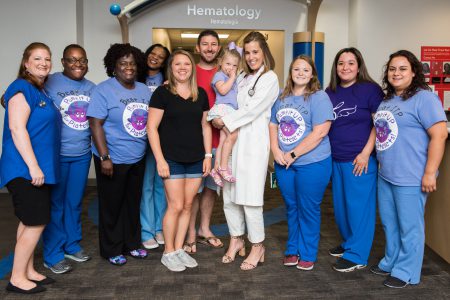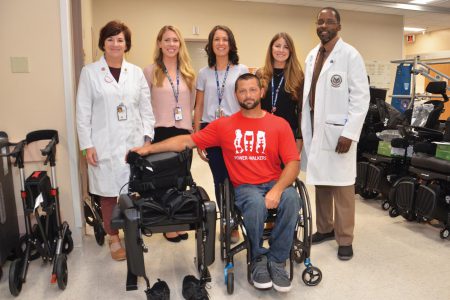Merging Modalities
With our Humanics triangle as a model, Dr. Christopher Keroack, G’92, embraces complementary medical perspectives to strike a healthy balance.
Back when Christopher Keroack, G’92, was still in medical school, his father, a pioneering emergency-room physician, liked to remind him of the importance of careful listening. “Chris,” the older doctor would say, “Listen to the patient. They’re telling you the diagnosis.”
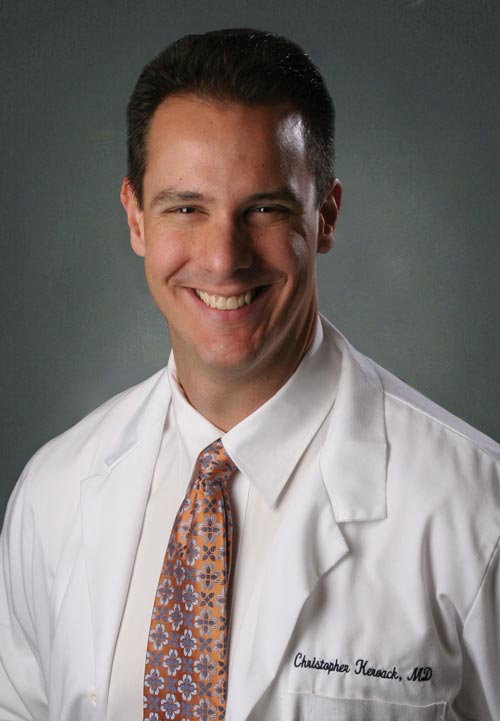
Keroack took his dad’s advice to heart, and it led him down a unique path. Though his father and his brothers, also doctors, remained firmly committed to the Western medical tradition, Keroack found himself drawn to a practice that combined that tradition with others, in a holistic approach called “functional medicine.” The subject of his 2016 book Changing Directions: Navigating the Path to Optimal Health and Balanced Living—and the founding principle for his New England Center for Functional Medicine, housed in the medical office complex at Baystate Medical Center in Springfield—Keroack’s philosophy of care is one that seeks to take the whole patient into account.
“Here I was,” Keroack says of his first years as a doctor, “entering medicine having absorbed the Humanics viewpoint and the classic triangle of the body, mind, and spirit. Yet much of the time, my time with patients was limited and was spent coming to a diagnosis and then following a formula to reverse that diagnosis or alleviate the problems related to that diagnosis—and, inevitably, that involved a prescription medication. So, it was a bit more formulary and following a recipe than it was creative.”
KEROACK WASN’T SATISFIED—and neither, he believes, are many patients.
“Many people who come to see the doctor are frustrated with the current Western model,” Keroack says. “They may love their doctor, but they can be frustrated with the limited time they get with their physician, as well as the use of prescription medications to treat imbalances that they have. When patients go to naturopaths or chiropractors, they get to spend significantly more time, they get this face-to-face, personal touch in terms of healing, and they get the alternative components, such as botanicals and nutraceuticals instead of just pharmaceuticals.”
Keroack, who followed up his master’s degree in exercise physiology at Springfield College with an M.D. at Tufts University School of Medicine, is a committed practitioner of Western medicine. “You absolutely need acute care for acute situations,” he says. “For instance, when you have an infection, when you have an acute myocardial infarction, when you have a broken bone.”

Keroack believes that uniting acute care with a whole-patient approach can be a force multiplier for healing.
In keeping with the ideas he encountered at Springfield, he wanted to treat patients in a way that would address not only the presenting symptoms of disease but also each person’s underlying well-being.
But, he also believes that uniting such care with a whole-patient approach can be a force multiplier for healing. In keeping with the ideas he encountered at Springfield, he wanted to treat patients in a way that would address not only the presenting symptoms of disease but also each person’s underlying well-being. Before learning the techniques of acute and pharmacological care in medical school, he had earned a B.S. in biology from Amherst College. That knowledge of biochemistry, he says, combined with the broader view of the mechanics and systems of the body that he learned at Springfield—and his wholehearted embrace of the Humanics philosophy—undergirded his later studies in medical school and became the keys to much of his work.
AS KEROACK PUTS IT, “A lot of the naturopathy and the holistic approaches that I take came from my knowledge of biochemistry. If we were studying pain and you wanted to look at the pathways of pain, you looked into the biochemistry of pain—what sort of chemicals and enzymes and pathways led to the end product of pain? And, then, what were the upstream mechanisms that you could do to either change the pathways or block the pathways? Some of that was in prescription medicine, but some of it was in plants. And, then, lo and behold, some of it was in food, some of it was in movement, some of it was in stress management, some of it was in sleep patterns. So it seemed like a natural blending of the two worlds of medicine, with the goal being healing and optimization.”
Keroack, whose board certifications are in internal medicine and bariatric or weight-management medicine, became further convinced of the importance of combining traditions as he learned more about the troubling side-effects experienced by some patients who had undergone treatments for obesity. He was particularly concerned by the unexpected consequences for patients who had bariatric surgeries—a range of procedures used to reverse unhealthy weight gain that enjoyed a surge in popularity in the late ’90s, just as Keroack was finishing his residency at the Baystate High Street Health Center in downtown Springfield.
Keroack, whose board certifications are in internal medicine and bariatric or weight-management medicine, became further convinced of the importance of combining traditions as he learned more about the troubling side-effects experienced by some patients who had undergone treatments for obesity.
The problem, according to Keroack, who subsequently completed a fellowship on the topic, was that patients desperate to lose weight often underwent such surgeries without sufficient information and coaching to help them change their lifestyles.
“Nobody was preparing these patients for what was about to happen.” Keroack says, “You’re really sort of rearranging the inner workings of their digestive system in order to help them lose weight. And, so, I had to step up to learn about preparing people, from a lifestyle perspective, for the surgeries they were about to go into.”
THAT CHALLENGE AFFIRMED his commitment to whole-patient treatment, even as it deepened his sense of how critical such an approach could be. With a holistic preparation for bariatric surgeries, Keroack says, “You’re teaching patients about food dynamics. You’re teaching them about movement patterns. You’re teaching them about stress management. Because, although these procedures change a vital organ or a vital system, no one was taking the time to prepare the entire person for this change.”
As he started looking deeper into the biochemistry and physiology related to obesity, he found himself confronted by a vast web of complexity. The connections between the gastrointestinal track and the immune system, he says, were one aspect of that—for instance, “the fact that fat cells could actually feed back into the endocrine system to create inflammation and worsen pain.” Again and again, he found confirmation of the idea that, in many cases, helping patients change their lifestyles could be just as important as treating their acute symptoms.
“There was a lot more going on than I first realized,” Keroack says. “So, I started attending the national conferences at the Institute for Functional Medicine, and I met other individuals who were seeing these patterns as well. That was kind of a springboard to the work that I do now.”

At [his practice], in numerous articles, and in speaking engagements around the United States and Canada, Keroack champions the importance of “foundational factors,” emphasizing the ways that an informed approach to food, movement, stress, sleep, and relationships can contribute to long-term health and well-being.
For the past 10 years, that work has been based at the New England Center for Functional Medicine, the private holistic medical practice that Keroack founded in 2010. At the center, in numerous articles, and in speaking engagements around the United States and Canada, Keroack champions the importance of “foundational factors,” emphasizing the ways that an informed approach to food, movement, stress, sleep and relationships can contribute to long-term health and well-being.
“When I meet with a patient,” he says, “my Western traditional medicine brain goes down those diagnosis pathways. But, then, I also go into the alternative complementary components. I ask: How many hours do you sleep? What do you do to enjoy movement and exercise? What have you eaten in the last 24 hours? How do you manage stress? And, how would you describe the five people you spend the most time with?”
His practice, he emphasizes, is deeply informed by his years at Springfield College. Even the center’s logo—based on a tripartite symbol known as a triquetra—reflects that resonance.
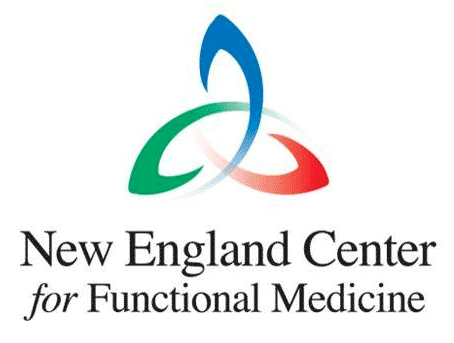
“The triquetra symbolizes the blending of the mental, the physical, and the spiritual, just as Springfield’s Humanics triangle symbolizes mind, body, and spirit. These three aspects are the focus of our approach to balance and wellness.”
Christopher Keroack
“The triquetra symbolizes the blending of the mental, the physical, and the spiritual,” Keroack says, “just as Springfield’s Humanics triangle symbolizes mind, body, and spirit. These three aspects are the focus of our approach to balance and wellness.”
In his personal life, Keroack strives to maintain a similar balance. He exercises regularly, including through yoga, hiking, and interval training. He aims for eight hours of sleep. He treasures his community and his relationships, calling his wife his best friend and best advocate, and he encourages his teenage children—two boys and a girl—to balance their lives in similar ways: all three are athletes who also play musical instruments, and the family attends weekly services at their church in Ludlow.
For Keroack, who continues to work to spread his ideas about balanced care on social media and beyond, each day is an opportunity to find balance—for himself and his family, as well as for his patients. Functional medicine, he maintains, is a way to bring that perspective to the world and to correct what he sees as a dangerous imbalance in the medical profession itself.
“The problem,” as he puts it, “is that the chronic conditions that are most dangerous now—cardiovascular disease, cancer and similar disorders—are much more complex than germ theory. For those things, we can’t really use this one-to-one philosophy that acute medicine is based on. You can’t treat chronic problems with acute methods. And, at this point in our history, many Americans are suffering with chronic conditions, and often they need a lifestyle change more than they need, for instance, pharmaceuticals. That’s how the Humanics balance connects to all of this. Because when we look at the critical components, that balance seems to play a very large role.” ![]()

